Disclosure: This article contains affiliate links. We may earn a commission from purchases at no extra cost to you, which helps our travel content.
The abandoned Ferris wheel stood frozen in time, its yellow cars contrasting against the gray autumn sky—a poignant symbol of interrupted joy. My first glimpse of Pripyat's amusement park crystallized everything I'd ever read about Chernobyl: the abrupt evacuation, the lives suddenly suspended, and nature's slow reclamation of human spaces. Growing up with a physicist father who often discussed nuclear energy at our dinner table in Osaka, Chernobyl had always occupied a particular corner of my imagination. Now, standing in the Exclusion Zone, breathing the cool fall air, the abstract had become tangible. This wasn't just a historical site or a backdrop for post-apocalyptic media—it was a profound testament to human resilience, technological hubris, and environmental consequences that continue to unfold nearly four decades later. If you're considering this journey from Kiev, it will challenge and change you in ways few other travel experiences can.
Preparing for Your Chernobyl Visit
Visiting Chernobyl isn't your typical day trip—it requires thoughtful preparation, both practically and mentally. First and foremost: you cannot visit independently. Licensed tour operators are your only legal avenue into the Exclusion Zone, and they handle the required permits. I booked my tour two weeks in advance through a Kiev-based company, though during peak seasons (spring and summer), I'd recommend securing your spot at least a month ahead.
The paperwork requirements caught me slightly off-guard. You'll need to provide passport details well before your visit date, and bringing your actual passport on the day is mandatory. Foreign visitors should keep in mind that the security checkpoints treat this documentation very seriously—my Japanese passport required additional verification compared to my American friends' documents.
As for what to wear, full coverage is essential regardless of weather. Long sleeves, long pants, and closed-toe shoes are non-negotiable requirements enforced by the checkpoints. During my fall visit, I layered with a thermal base, a light sweater, and my trusty waterproof jacket which proved perfect for the occasional drizzle we encountered. The Zone's buildings are unheated, so even if outside temperatures seem mild, prepare for chilly interiors.
While tour operators provide dosimeters to monitor radiation, I felt more comfortable bringing my own personal radiation detector. It wasn't necessary, but as someone whose father worked with radiation safety equipment, having my own readings provided both peace of mind and fascinating data points throughout the day.
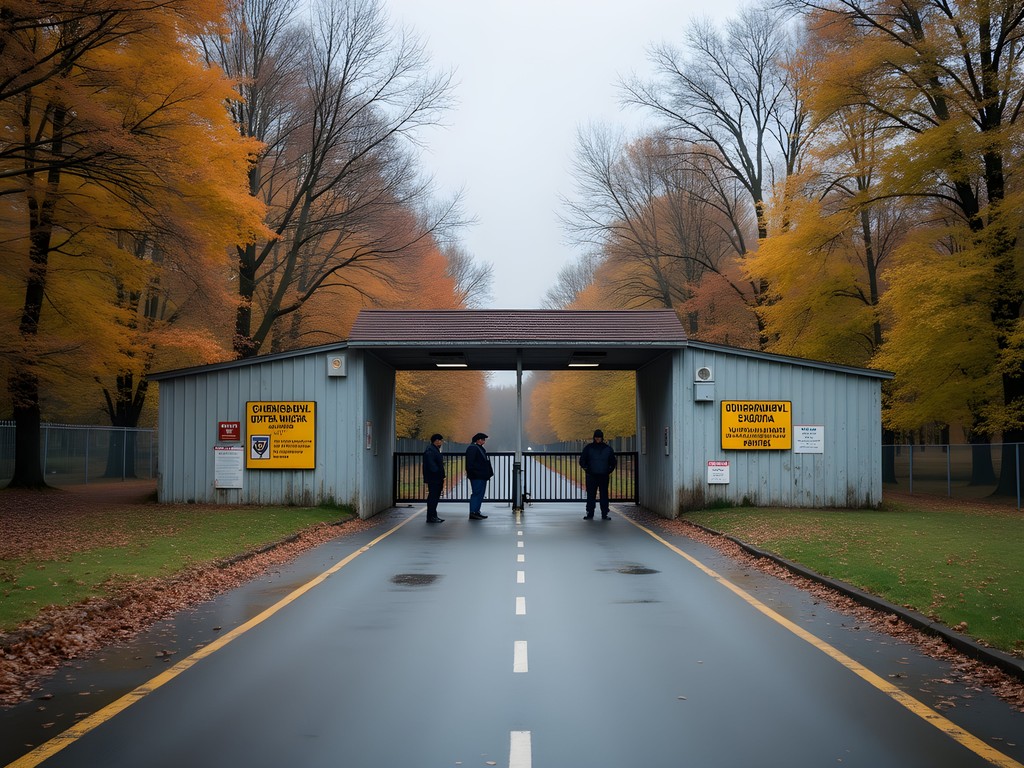
💡 Pro Tips
- Book your tour at least 2-4 weeks in advance, more during peak season
- Bring your actual passport—photocopies aren't accepted
- Wear full-coverage clothing (long sleeves, pants, closed shoes) regardless of weather
What to Expect on a Chernobyl Tour
Our day began early—7:00 AM pickup from Independence Square in Kiev—in a comfortable van equipped with air conditioning and, crucially for the two-hour drive, a bathroom break halfway. The journey itself became part of the experience as our guide used the time to show documentaries about the disaster, preparing us historically and emotionally for what we would witness.
The standard day tour follows a structured itinerary, though the exact route can vary based on radiation levels, ongoing research, or restoration work. Our fall visit benefited from fewer crowds and the hauntingly beautiful contrast of autumn leaves against abandoned buildings. The iconic stops included the Chernobyl town sign, the partially-visible reactor covered by its massive containment shield, the abandoned city of Pripyat with its empty apartments and schools, and that famous Ferris wheel that never officially operated.
What surprised me most was the amount of walking involved—we covered nearly 15,000 steps according to my fitness tracker. Comfortable shoes are absolutely essential; my hiking shoes provided the support and traction needed for navigating debris-scattered floors and uneven terrain.
Lunch happens in the Chernobyl canteen—yes, there's an active cafeteria serving workers and visitors. The food is simple but hearty Ukrainian cuisine, and despite initial trepidation about eating within the Zone, the meal is prepared with ingredients brought in from outside. Vegetarian options were available but limited; I'd recommend bringing supplementary snacks if you have dietary restrictions.
Throughout the day, your guide will conduct radiation measurements at various points, showing how levels fluctuate dramatically between locations sometimes just meters apart. These demonstrations were fascinating—watching the dosimeter spike when placed near certain moss patches or metal objects provided tangible evidence of the invisible forces still at work in this environment.
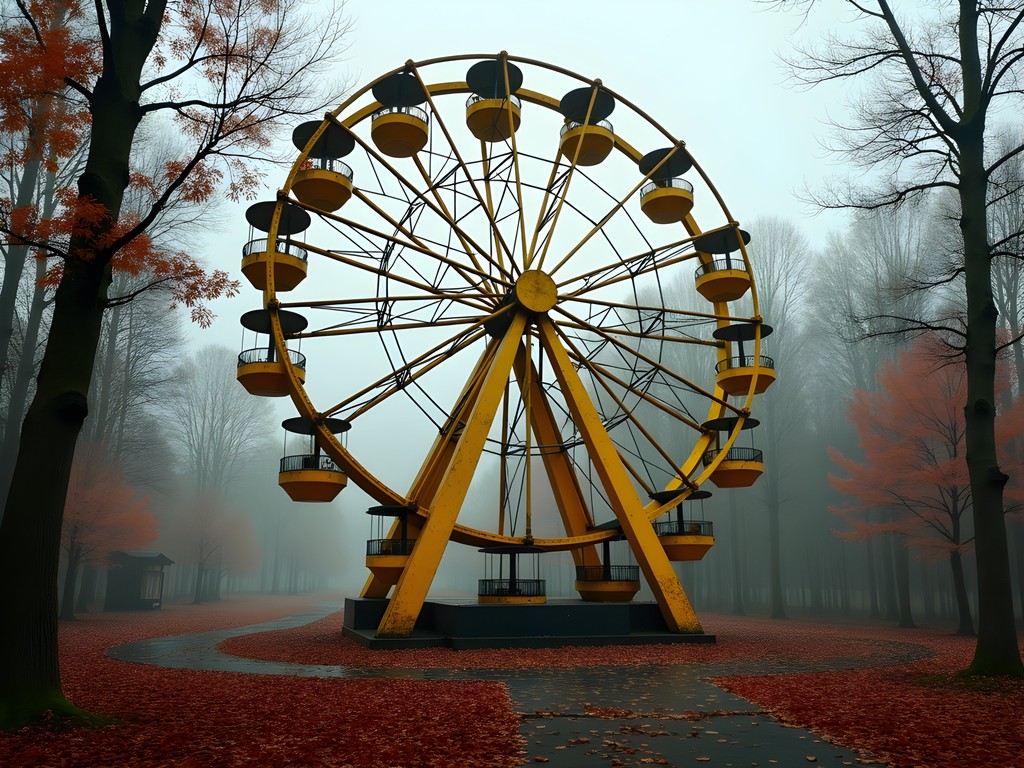
💡 Pro Tips
- Wear comfortable shoes suitable for 15,000+ steps on uneven terrain
- Bring extra batteries for cameras—the cold drains them faster
- Listen carefully to guide instructions about where photography is permitted
Radiation Safety: Facts vs. Fears
Let's address the elephant in the room: is visiting Chernobyl safe? The short answer is yes, when done properly. The longer answer involves understanding radiation exposure in context.
During a standard day tour, you'll receive approximately 2-3 microsieverts of radiation—comparable to about 1/3 of a chest X-ray or a long-haul flight. My father, who spent decades working with radiation safety protocols in Japan's energy sector, helped me understand these measurements before my trip. The exposure during a brief, guided visit is considered negligible for long-term health risks.
Tour guides are meticulous about avoiding hotspots—areas with elevated radiation levels. They'll direct you away from certain objects (like the moss that efficiently absorbs radiation) and areas (like the infamous basement of Pripyat Hospital where first responders' gear was discarded). These precautions aren't just theater; they reflect real variations in contamination levels.
The clothing requirements—long sleeves, pants, closed shoes—serve dual purposes: they limit skin exposure to potentially contaminated dust and protect against the numerous physical hazards in deteriorating buildings. Upon exiting the Zone, everyone passes through radiation detection equipment twice to ensure no contaminated particles leave the area.
I found it fascinating how quickly my perception shifted from initial anxiety about invisible radiation to a more informed understanding of the actual risks. That said, I still followed every safety instruction carefully and would urge all visitors to do the same. This isn't a place for rebellion against authority or Instagram stunts—the rules exist for good reasons.
If you're particularly concerned, consider bringing a personal dosimeter like mine to monitor your own exposure. While not necessary, it provided an educational dimension to the experience, allowing me to see firsthand how radiation levels changed throughout different areas of the Zone.
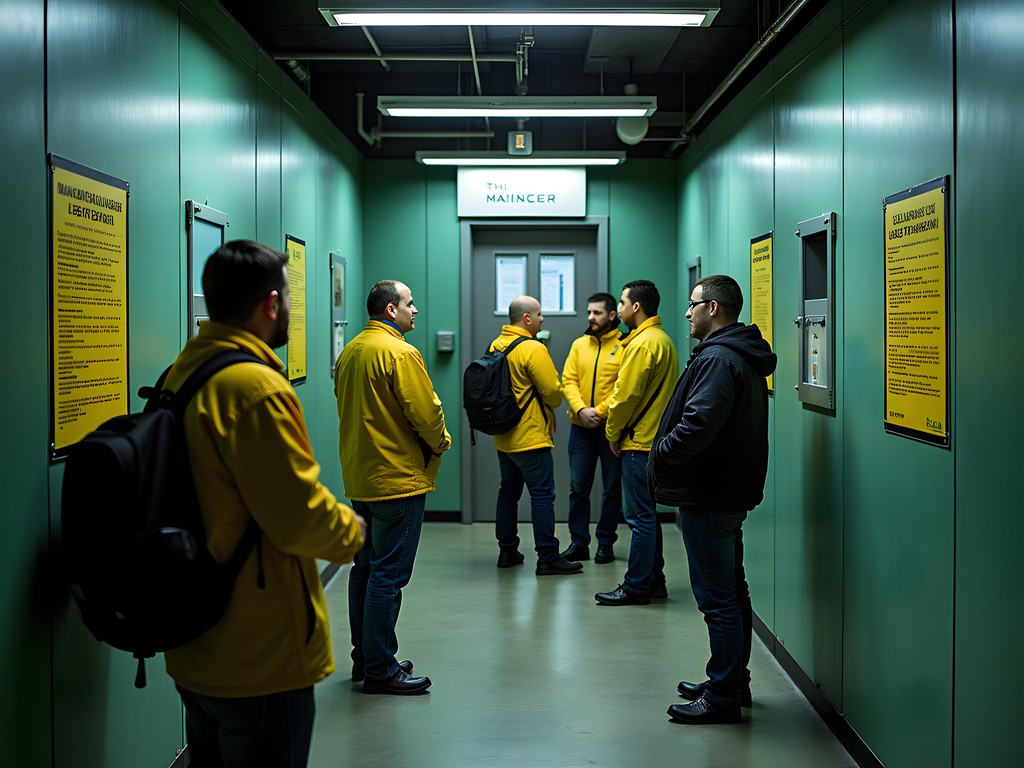
💡 Pro Tips
- Follow all guide instructions about where to walk and what not to touch
- Don't sit on the ground or touch vegetation unnecessarily
- Wear clothes you don't mind potentially discarding if they register contamination (rare but possible)
Photographing Chernobyl Respectfully
As a graphic designer with a deep appreciation for visual storytelling, photographing Chernobyl presented both technical challenges and ethical considerations. The Zone is a photographer's paradise—haunting compositions everywhere you look—but it's also the site of profound tragedy and ongoing environmental impact.
Technically speaking, the lighting conditions can be tricky. Many interiors are dark with bright windows creating extreme contrast. I found my mirrorless camera with a versatile zoom lens handled these conditions beautifully, allowing quick adjustments as we moved between buildings. A camera with good dynamic range is invaluable here.
Battery life becomes a serious concern, especially in colder weather. I brought three fully-charged batteries and used nearly two complete charges during the day trip. There's no opportunity to recharge during the tour, so come prepared.
Tripods are technically allowed but practically difficult to use given the pace of the tour and the deteriorating floors in many buildings. Instead, I relied on image stabilization and careful bracing against stable structures for slower shutter speeds in dim interiors.
Beyond technical aspects, ethical photography at Chernobyl requires sensitivity. While personal belongings left behind create compelling images, remember these represent real lives disrupted. Our guide specifically asked us to photograph respectfully, avoiding compositions that might trivialize the disaster or sensationalize the abandonment.
Some areas prohibit photography entirely, particularly around the nuclear plant itself and certain security checkpoints. These restrictions are strictly enforced, and our guide was clear about when cameras needed to be put away.
I found myself drawn to details that told human stories—a child's textbook still open on a desk, shoes arranged neatly by a door as if waiting for owners who never returned, calendar pages forever displaying April 1986. These intimate glimpses into interrupted lives conveyed the human impact more powerfully than wide shots of decay.
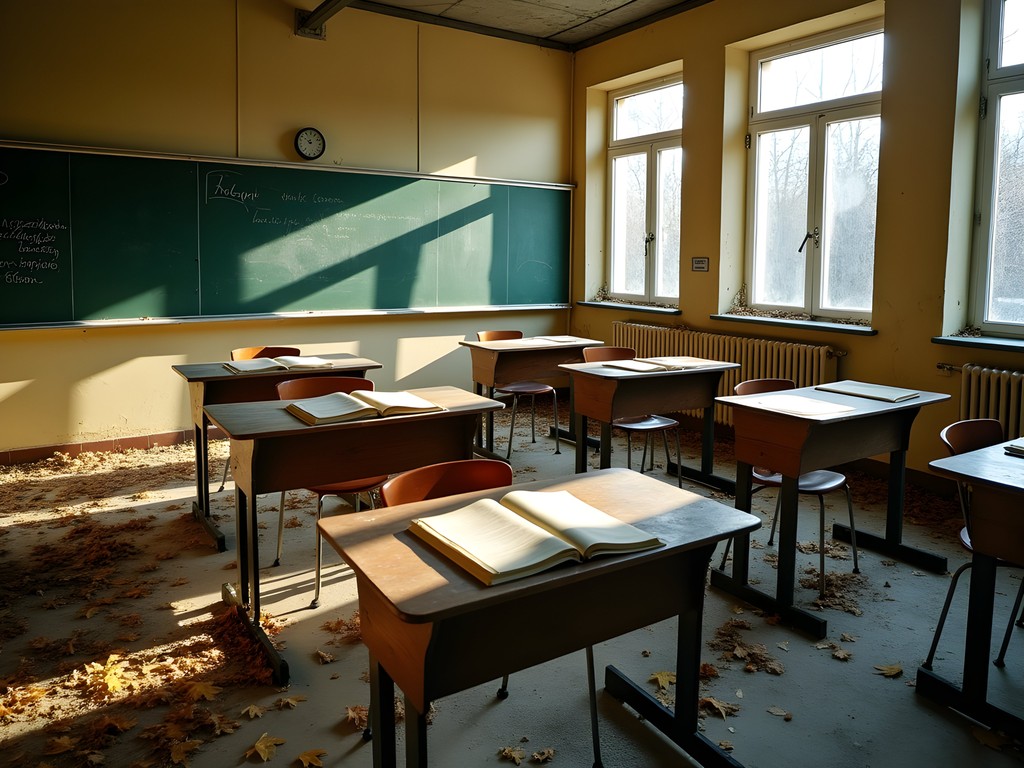
💡 Pro Tips
- Bring at least twice the battery power you think you'll need
- Consider a lens with versatile zoom range to avoid changing lenses in potentially contaminated dust
- Focus on thoughtful compositions that respect the human stories behind the abandonment
The Human Stories Behind the Disaster
While the abandoned buildings and elevated radiation readings provide the visceral experience of Chernobyl, it was the human narratives that affected me most deeply. Our guide, Oleksandr, brought the disaster to life through personal accounts—his own uncle had been among the liquidators (emergency workers) who helped contain the catastrophe in those crucial early days.
The evacuation of Pripyat occurred 36 hours after the explosion, with residents given just hours to gather essential belongings. They were told they'd return in three days. Most never did. This explained the half-packed suitcases we glimpsed through apartment windows and the personal items left behind in apparent haste.
What struck me was learning about the resettlers—mostly elderly people who returned to their villages within the Exclusion Zone despite government prohibitions. We visited one such babushka (grandmother) who offered us homemade bread and showed photographs of her family before the disaster. Her perspective was illuminating—she told us through our guide's translation that she preferred the known risk of radiation to the certain pain of separation from her ancestral home.
The disaster's impacts extend far beyond the immediate area. Our guide shared statistics about increased cancer rates in Ukraine and Belarus, and the international response that eventually helped fund the New Safe Confinement structure covering the damaged reactor.
As someone whose Japanese heritage connects me to another nuclear tragedy, I found myself drawing mental parallels between Chernobyl and Fukushima—different circumstances but similar human costs and environmental legacies. Both disasters remind us of technology's double-edged nature and the importance of transparency in crisis management.
The most powerful moment came when Oleksandr showed us before-and-after photos of Pripyat—a once-thriving Soviet 'atomgrad' (atomic city) with 49,000 residents whose average age was just 26 years old. Seeing the vibrant community that existed before the disaster—children playing in the same playground we now viewed abandoned—transformed the experience from disaster tourism to a profound reflection on human vulnerability and resilience.

💡 Pro Tips
- Ask respectful questions about personal connections to the disaster—many Ukrainians have family stories
- Consider reading Svetlana Alexievich's 'Voices from Chernobyl' before your visit for deeper context
- Bring small denomination Ukrainian currency if you encounter resettlers selling crafts or produce
Final Thoughts
As our van departed the final checkpoint, I watched the Exclusion Zone recede in the window reflection, superimposed over my own contemplative face. Chernobyl isn't merely a destination—it's a profound journey into our collective relationship with technology, power, and nature's resilience. The experience challenges visitors to hold contradictory truths simultaneously: the horror of the disaster alongside the strange beauty of abandonment; the technical failures alongside the human heroism; the warnings from the past alongside hope for more mindful futures. If you choose to make this journey from Kiev, come with an open heart and a willingness to be changed. Prepare thoroughly, listen carefully to your guides, and allow yourself time afterward to process what you've witnessed. In the silence of abandoned Pripyat, in the quiet regrowth of forests reclaiming human spaces, there are lessons we all need to hear—lessons that transcend languages, borders, and time itself.
✨ Key Takeaways
- Chernobyl visits require advance booking through licensed tour operators only
- The radiation exposure during a day trip is minimal when following safety protocols
- Fall offers fewer crowds and hauntingly beautiful contrasts with the abandoned structures
- The human stories behind the disaster create the most lasting impact
📋 Practical Information
Best Time to Visit
Fall (September-October) for fewer crowds and atmospheric foliage
Budget Estimate
$100-150 USD for a standard day tour from Kiev
Recommended Duration
Full day (10-12 hours including transport from Kiev)
Difficulty Level
Moderate - Requires Extended Walking On Uneven Surfaces
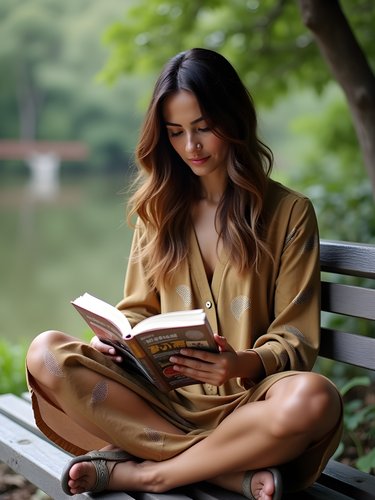

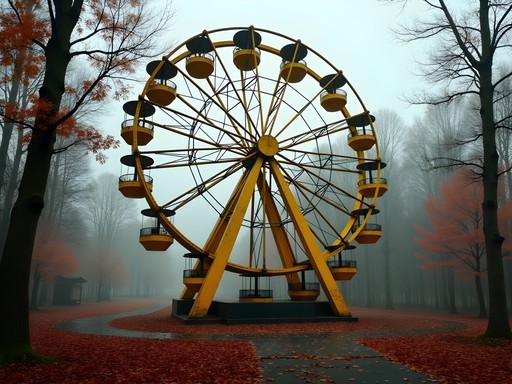





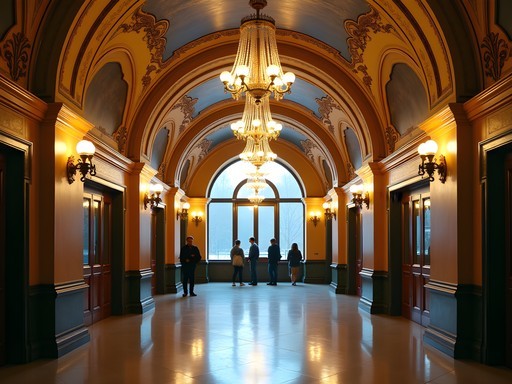






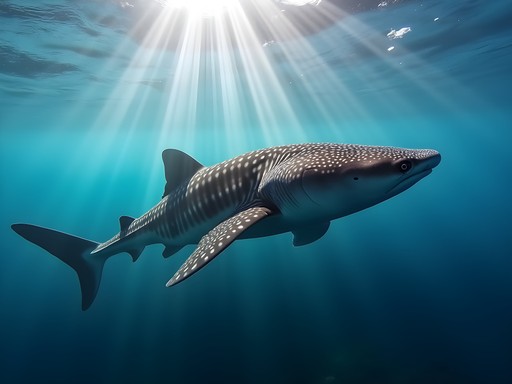
Comments
islandwalker
Is it worth doing the two-day tour instead of the one-day option? I'm torn between spending more time there and feeling like it might be too depressing for a full two days.
Grace Pierce
I personally think the one-day tour gives you a good overview. The two-day option is great if you're really into photography or want to explore some of the less-visited areas. It is emotionally heavy though, so consider how you typically respond to sites like this.
moonmaster
I did the one-day and felt it was enough. By the afternoon I was emotionally drained. But if you're into photography, the morning light on day two would be amazing for shots.
islandwalker
Thanks both! I think I'll stick with the one-day tour. I'm not a serious photographer and it sounds like it could be overwhelming for longer.
moonmaster
Just got back from Kyiv last week and did this exact tour! Your section on radiation safety was super helpful in calming my parents' fears before I went. Our guide showed us the dosimeter readings throughout the day, and we actually got more radiation during our flight than in Pripyat! The abandoned swimming pool was my favorite spot - something haunting about that diving board standing alone. One thing to add: bring cash for the cafeteria lunch, as they don't accept cards. The food was surprisingly good!
Bryce Diaz
I visited Chernobyl last year and your article brought back so many memories. That moment when you first see the reactor with the new containment structure is surreal. One tip I'd add - bring a small dosimeter if you're concerned about radiation. I used my radiation detector throughout the trip, and while it wasn't necessary (the guides have professional equipment), it was fascinating to see the readings change in different areas. The most impactful moment for me was standing in that abandoned kindergarten with all those little gas masks scattered on the floor. Makes you reflect on how quickly life can change. Great write-up, Grace!
moonmaster
That kindergarten was heartbreaking. I couldn't take photos there - felt too intrusive somehow.
Bryce Diaz
I felt the same way. Some places just deserve quiet reflection rather than becoming photo opportunities.
greenzone
Great post! I'm planning a trip in October. How strict are they about the dress code? Can I wear shorts if it's warm or is long pants mandatory regardless of weather?
Grace Pierce
Long pants are mandatory year-round, regardless of temperature. They're quite strict about it at the checkpoints. October should be cool anyway, so I'd recommend layers!
greenzone
Thanks for clarifying! Will definitely pack accordingly.
springwalker5804
That description of the Ferris wheel gave me chills! Your writing really brings the eerie atmosphere to life. Can't wait to visit myself next spring!
Grace Pierce
Thanks so much! The amusement park really is one of the most haunting parts of the tour. You'll definitely have a powerful experience.
EasternEuropeExplorer
Just got back from this exact trip last week! Your guide was spot on. For anyone wondering about the radiation - the guides give you dosimeters and you can see the readings change as you move through different areas. It's fascinating but also sobering. The most surprising thing for me was how nature has reclaimed so much of Pripyat. There are trees growing through buildings! One thing I'd add - bring snacks. The tour is long and there's only one designated eating area where you're allowed to consume food.
FirstTimeUkraine
Good tip about the snacks! Did you stay overnight or just do the day trip?
EasternEuropeExplorer
Just the day trip from Kiev. It's a long day (about 12 hours total) but worth it. The overnight tours get you into some additional buildings though!
SoloFemTraveler
Your photos really capture the eerie beauty of the place. I'm heading to Ukraine next spring and this is definitely on my itinerary now!
AdventureAlways
Those photos of the abandoned apartments are haunting. Amazing post!
HistoryBuff84
Great post! Did you see the infamous hospital basement with the firefighters' helmets? I've heard some tours skip it now.
Grace Pierce
Our tour didn't include the hospital basement - our guide explained it's now off-limits due to both safety concerns and to prevent further disturbance. Some areas are being more strictly protected as visitor numbers increase.
UkraineBound
Which tour company did you use? Would you recommend them?
Grace Pierce
I went with ChernobylWel.come and had a great experience! English-speaking guides and small groups. They were really knowledgeable about the history.
Venture X
Premium card with 2X miles, $300 travel credit, Priority Pass